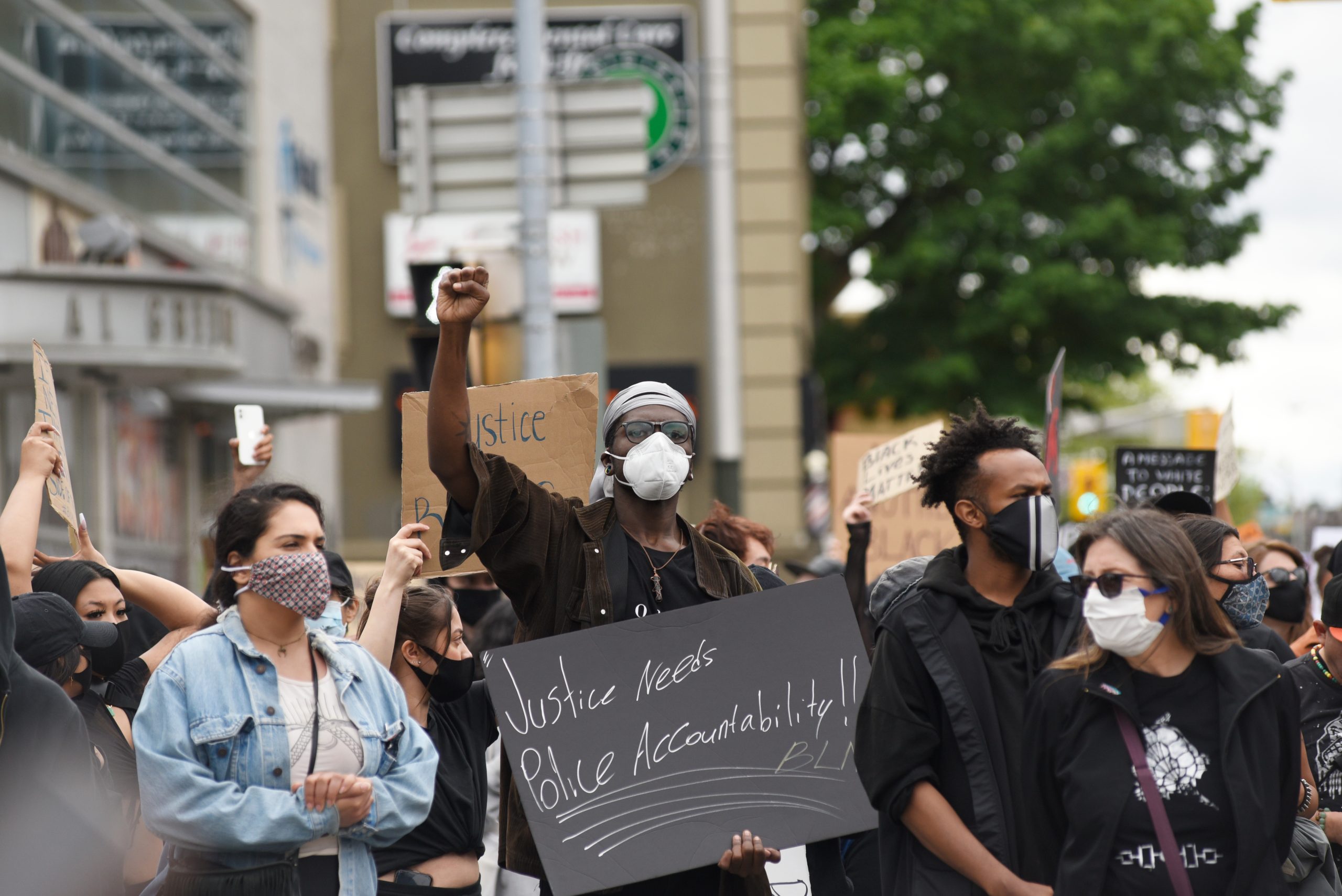With qualified immunity, courts fail to protect against police brutality

In yet another recent decision, the Supreme Court has continued to make it hard to hold police accountable. In two cases last month—Rivas-Villegas v. Cortesluna and Tahlequah v. Bond—the justices reversed lower court judgments in order to grant immunity to police officers accused of excessive force. These cases are the latest in a long line of examples showing how, in recent decades, the Court has grown ever more committed to shielding police officers from any consequences for violating basic constitutional rights.
Unfortunately, the modern and judge-created doctrine of “qualified immunity”—frequently used to shield police officers and other officials accused of violating constitutional rights —ignores the hard-won protections that were added to our national charter after the Civil War in an attempt to stem constant racist violence and build a newly multi-racial democracy. Today, just eighteen months after the largest protests against police brutality in our nation’s history, the need to enforce these protections is as important as ever.
As CAC Civil Rights Director David Gans explains in his latest issue brief examining qualified immunity and other judge-created doctrines that squelch government accountability, the urgency of the Fourteenth Amendment reverberates down through the decades. This major expansion of the Constitution’s protections—expanded to include, for the first time, formerly enslaved people—was fueled by widespread police brutality and state-sanctioned murder.
In 1866, hundreds of Black Americans in Memphis were attacked in a bloody massacre that shocked both Congress and the nation. A report by the House of Representatives highlighted the gruesome attacks perpetrated by the all-white Memphis police, and detailed “the killing of men, women, and children—the innocent, unarmed, and defenseless pleading for their lives and crying for .” The police, those “chosen guardians of the public peace, were found the foremost in the work of murder and pillage.”
Informed by this tragedy—and endless testimony by Black people across the South detailing similar abuse—the Fourteenth Amendment sought to end state-sanctioned violence against Black Americans. The Amendment promised bodily integrity and human dignity to all—regardless of the color of their skin.
As similar civil rights provisions were debated in Congress, Senator Lyman Trumbull of Illinois even compared immunity for officers of the government to the notion that “the king can do no wrong”—an idea that the American Revolution had shaken to its foundations just a few generations before. Such a claim of immunity, Trumbull argued, “places officials above the law.”
In 1868, the Amendment officially became part of the Constitution. But over the next few years, state officials throughout the South—frequently in league with the Ku Klux Klan—continued to murder and terrorize Black people with impunity. In 1869, 250 Black Americans were killed over two violent weeks in Opelousas, Louisiana by white vigilante groups so widespread that they included nearly every white man in town.
Clearly, the Fourteenth Amendment’s promise of protection wasn’t enough. In 1871, Congress responded to the Klan’s violent reign of terror in the South by passing legislation—the Civil Rights Act of 1871—to help enforce the Amendment. Crucially, this legislation included Section 1983—the part of the law that enabled people to sue state actors for violating their constitutional rights. The constant, brutal terror imposed by white militias and policemen—which was either permitted or abetted by Southern state governments—was so severe that Congress recognized the need to establish civil liability against those who violated constitutional rights. Thus, Section 1983 was supposed to “[throw] open the courthouse doors” to all those whose rights had been denied.
Unfortunately, over the last century, the Court’s cases have refused to recognize that ending brutal police violence was at the heart of both the Fourteenth Amendment and the Civil Rights Act of 1871.
Even though the Court’s opinion in Rivas-Villegas acknowledges that “this Court’s case law does not require a case directly on point for a right to be clearly established,” it also states that “existing precedent must have placed the statutory or constitutional question beyond debate.” The Court’s focus on precisely similar precedent and what a “reasonable person” should have known enables all too many officers to escape accountability—with the justices emphasizing, as they did in their opinion, that the person whose rights have been violated must identify a case with nearly identical facts which puts the officer “on notice that his specific conduct was unlawful.”
But both the Fourteenth Amendment and Section 1983 intentionally used broad language—because pervasive state violence and the complete breakdown of the South’s justice systems demanded bold remedies. Section 1983 was intended to hold state lawbreakers to account, not to permit them to violate fundamental rights with impunity. Sadly—as emphasized in last month’s opinion—the Supreme Court has proceeded to invent and double down on a doctrine of qualified immunity designed to let government officials evade accountability. Rather than acting to fulfill the statute’s text, history, and purpose, the Court has patched together doctrines that utterly violate Section 1983’s aim of ensuring official accountability.
As victims of police violence continue seeking accountability from the officers who harmed them, such judicial disregard for the hard-won protections of the Reconstruction era is glaring. In practice, the Court’s blind eye toward the protections of Section 1983 has ensured that freedom from harm at the hands of government officials remains deeply unequal—with Black Americans often experiencing the worst of that harm. As Harper’s Weekly wrote in the aftermath of the Memphis massacre, “we cannot wisely hope for peace […] so long as inequality of personal and political liberty endure.”
